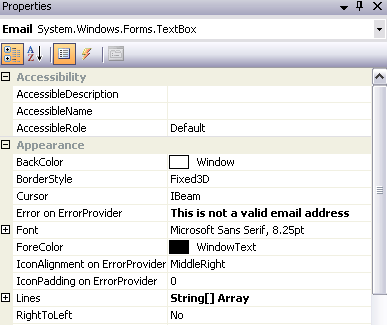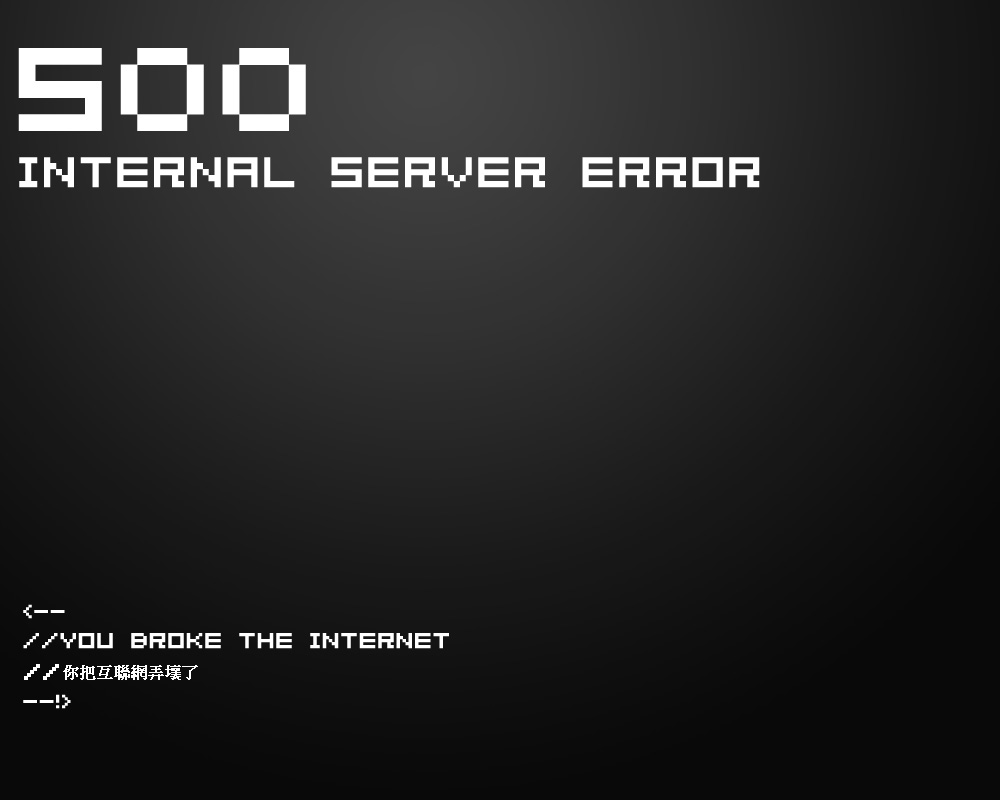
Then your process will stop on the first error and the catch block can log it before exiting. In your case, you probably want one big try/ catch block around your entire program. You should only use this if you can be certain that the script can continue on any error, not just the ones you can anticipate. The common -ErrorAction parameter: This parameter changes the error handling for one single function call, but you cannot limit it to specific types of errors.(For example, failing to create a file because it already exists warrants a different response than a security failure.) You can also limit the catch to specific errors, meaning that it will only be invoked in specific situations you anticipated rather than any error. You can wrap a try/ catch block around multiple commands, allowing the first error to stop the sequence and jump into the handler where you can log it and then otherwise recover from it or rethrow it to bubble the error up even further. catch: This is the better and more flexible mechanism.In the rare cases where you can be absolutely certain that allowing the script to continue makes sense, you can use one of two mechanisms: I put it at the top of every single script I ever write, and you almost certainly should as well.
TURN ERRORPROVIDER OFF CODE
This makes the code vastly simpler and more reliable. This will produce a nice, big error message for your consumption and prevent the following commands from executing the first time something goes wrong, without having to check $? every single time you run a command. It is a setting called the error preference, and setting it to the highest level will make your script (and the child scopes if they don't override it) behave this way: $ErrorActionPreference = 'Stop' This principle is called "fail fast," and PowerShell has a built in mechanism to enable that behavior. The correct solution is to stop the algorithm on the first error. Continuing a program when it and the system are in an unknown state will have unknown consequences you could easily leave the system in a corrupt state. It can no longer do useful work if most of its commands are failing. If you're getting lots and lots of red, that means your script kept going when it should have stopped instead. Don't set yourself up to easily make a mistake. Silencing errors is almost never a good idea, and manually checking $? explicitly after every single command is enormously cumbersome and easy to forget to do (error prone). The key method of the ErrorProvider component is the SetError method, which specifies the error message string and where the error icon should appear.You're way off track here. When the DataSource property is set, the ErrorProvider component can display error messages for a dataset. The Icon property can be set to a custom error icon instead of the default. When the component is added in the designer, the ContainerControl property is set to the containing form if you add the control in code, you must set it yourself.
TURN ERRORPROVIDER OFF WINDOWS
When using ErrorProvider component with data-bound controls, the ContainerControl property must be set to the appropriate container (usually the Windows Form) in order for the component to display an error icon on the form. The ErrorProvider component's key properties are DataSource, ContainerControl, and Icon. The ErrorProvider component displays an error icon ( ) next to the relevant control, such as a text box when the user positions the mouse pointer over the error icon, a ToolTip appears, showing the error message string.

An error provider is a better alternative than displaying an error message in a message box, because once a message box is dismissed, the error message is no longer visible.


It is typically used in conjunction with validating user input on a form, or displaying errors within a dataset. The Windows Forms ErrorProvider component is used to validate user input on a form or control.


 0 kommentar(er)
0 kommentar(er)
